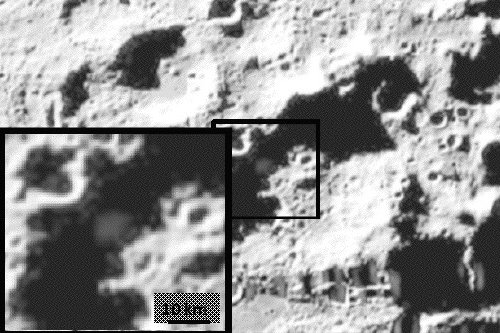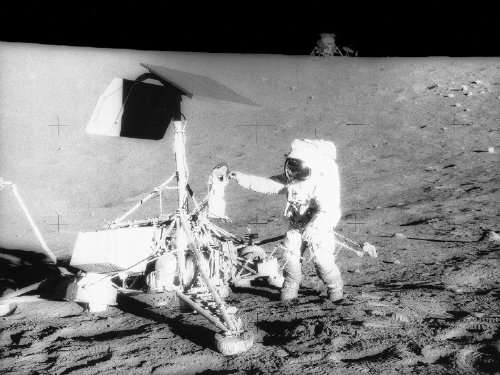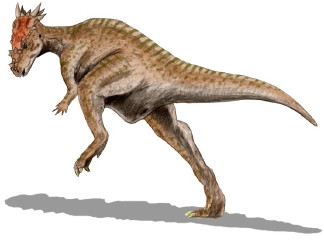First impressions: Apple’s Magic Mouse
I picked up Apple’s new mouse, the Magic Mouse, yesterday. It was the first time it was in stock at Apple’s Ottawa retail store when I visited it; I’ve been trying to get one for about a month. Apparently, people have been snapping them up as fast as they come in, no doubt desperate to replace Apple’s previous attempt at a mouse, the shittiness formerly called the Mighty Mouse (but since renamed due to trademark issues).
The Magic Mouse addresses two major irritants of the Mouse Formerly Known as Mighty:
- The Mighty Mouse’s scroll ball would get gunked up within months, rendering it unusable in one or more directions (and cleaning it was a pain); nearly the entire top surface of the Magic Mouse — everything north of the Apple logo — is multi-touch, with momentum scrolling. If you have an iPod touch or an iPhone, you’ll recognize the effect.
- The Mighty Mouse supposedly had left- and right-button clicking depending on where you clicked the mouse, but this was unusable: if I merely rested a finger on the right side of the mouse, it interpreted it as a right-button click. Needless to say, I had to disable the right mouse button. The Magic Mouse, on the other hand, fixes it — kind of. If you rest a finger on the right side of the mouse and click with your index finger, you’ll get a left-button click. But if you rest a finger on the left side of the mouse and click on the right side, you’ll get a left-button click — in other words, they only fixed half of it. Maybe they decided that fixing the other half created more usability problems than it solved.
I’m still getting used to the shape of the mouse: it feels entirely too flat for my admittedly large hands. And it’s my first wireless mouse; it’s still too early for me to say how well that works.




